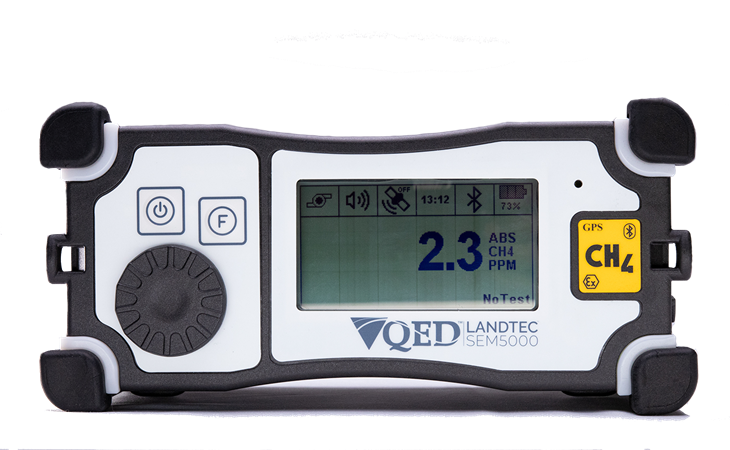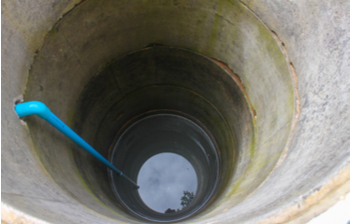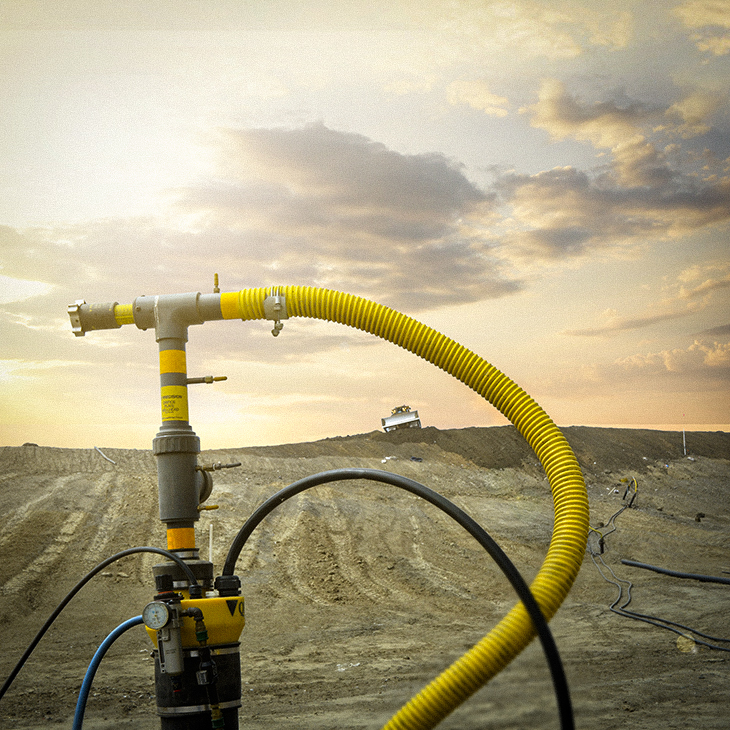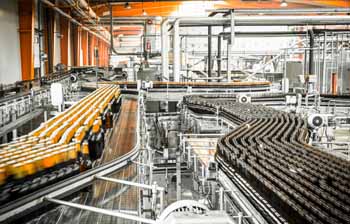Surface Emissions Monitoring
When it comes to air pollution, there are two main types of sources. Point sources and area sources. Point sources are stationary sources that emit pollutants into the air through a single stack or chimney. These sources can be factories, power plants, or other large industrial facilities. Area sources, on the other hand, are diffused and spread out over a larger area. These include things like cars, dry cleaners, and building materials like paint or asbestos. Emissions from both point and area sources contribute to surface-level ozone, which is the main component of smog. Smog is a mixture of pollutants in the air that can cause respiratory problems, such as aggravating asthma. That’s why it’s so important to monitor surface emissions. By doing so, we can take steps to reduce these harmful pollutants, making the air healthier.
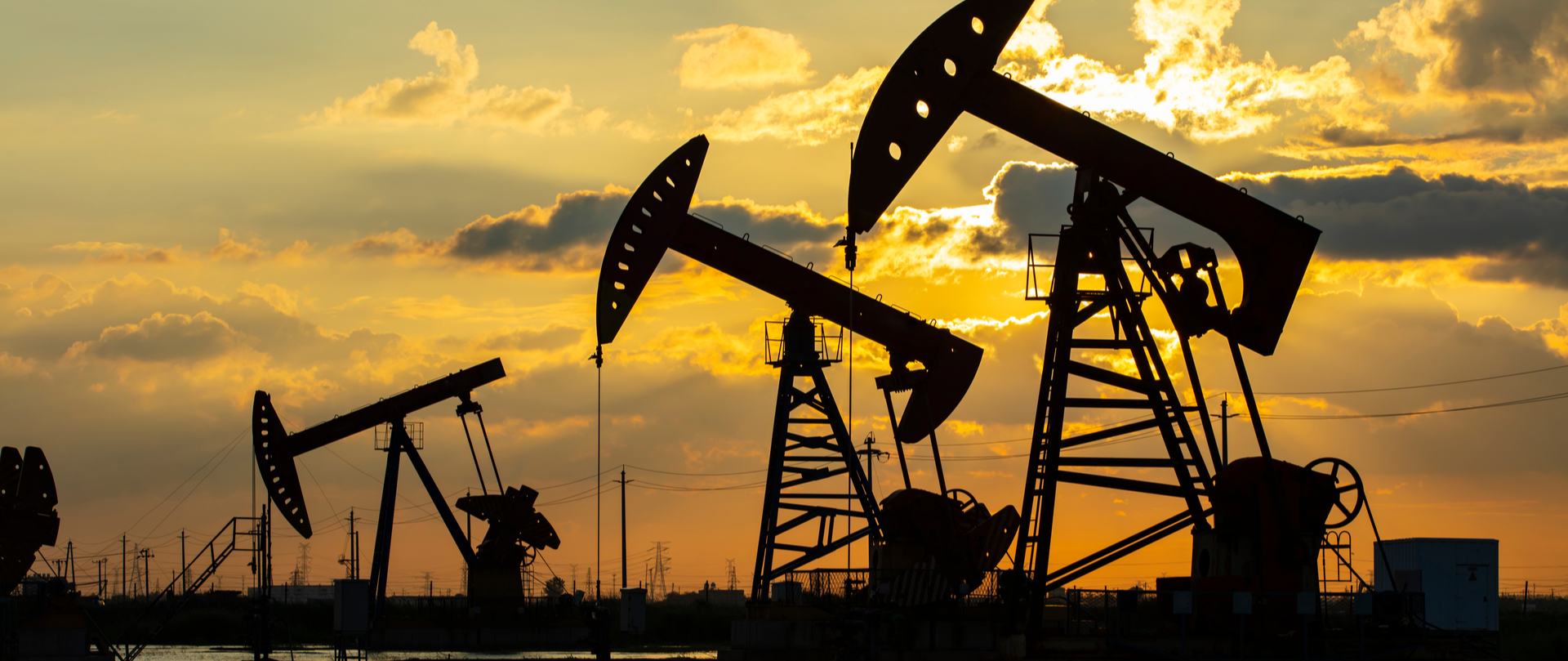
Techniques for monitoring landfill gasses
Techniques for monitoring landfill gasses typically fall into one of two categories – active or passive. Active techniques involve the use of pumps and fans to actively collect gas samples from the landfill. While passive techniques rely on diffusion and natural convection to collect gas samples.
There are a variety of active techniques that can be used to monitor landfill gasses, including:
- Soil vapour extraction- active gas collection where a vacuum is used to draw gas out of the ground. This technique is often used to remediate contaminated sites.
- Gas recovery wells- are drilled into the landfill and fitted with a pump that draws gas out of the well. This technique is often used in conjunction with SVE.
- Infrared cameras – can be used to detect methane leaks by detecting methane's heat signature. This technique is often used in industrial settings.
Types of surface gasses emitted
There are many different types of surface gasses that can be emitted from the Earth's surface. These include carbon dioxide, methane, nitrous oxide, and ozone. Each of these gasses has a different effect on the environment, and they can all be monitored using surface emissions monitoring devices.
- CO2 is one of the most important greenhouse gasses. It’s responsible for trapping heat in the atmosphere. This can lead to global warming, which can have a number of serious effects on the planet, including melting polar ice caps and rising sea levels.
- Methane is another potent greenhouse gas, and it is often released from natural gas wells or coal mines. It can also be produced by livestock and agricultural activities. And like CO2, methane contributes to global warming.
- Nitrous oxide is a powerful greenhouse gas that is emitted from cars and factories. It can also come from agricultural activities, such as fertilizing crops. And similar to other gasses, it contributes to both global warming and ozone depletion.
- Ozone is a gas that exists in both the upper atmosphere and at ground level. In the upper atmosphere, ozone protects us from harmful ultraviolet rays from the sun. However, at ground level, ozone pollution can cause respiratory problems in people and animals.
What equipment do you need for monitoring
To perform surface emissions monitoring, you will need:
- An IR camera – is used to measure the temperature of an object
- A gas detector – measure the concentration of gasses in the air
- A laptop or computer – used to run emissions software
- Emissions software – used to analyze data and create reports
Why monitor for surface emissions?
Gas from landfill sites can escape form a capped surface. To comply with greenhouse gas emissions regulations, landfills have to monitor the surface of the sites to ensure there are no breaches.
What benefits will I get?
Compliance, Regulation control and Permit adherence
How do I do it?
The latest portable hand-held laser based technology, SEM 5000 provides a more accurate, responsive and intrinsically safe method for surface emissions monitoring. SEM5000 is selective, specifically to methane and is able to detect emissions from 0.5ppm to 100% concentration.

